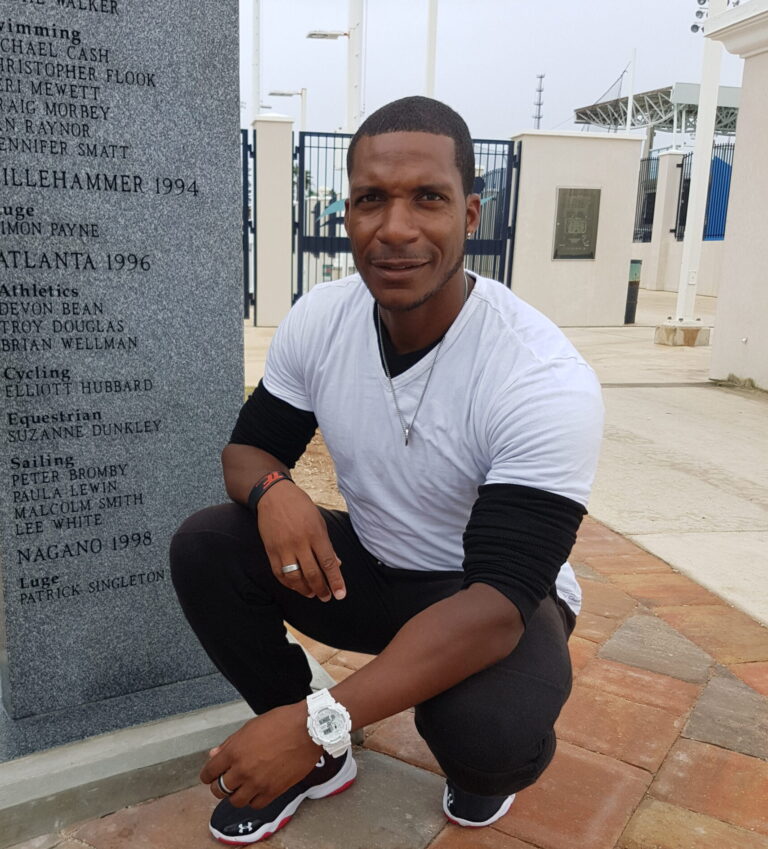by KRYSTAL MCKENZIE
Running is not something people generally like to do, although we do recognise its benefits. Is it as simple as getting some new kicks and hitting the roads?
Mr DeVon Bean, director of athletics at the Bermuda National Athletic Association (BNAA) and personal trainer, provided great tips on how to get going.
“In order to get started, especially if you don’t like running, the first step is walking. I start most of my clients this way. I’ll give the same course, but walk, then jog, then run. The client gets to the point that they’re like ‘I can do this!’ And they start running almost on their own.”
When asked if running is hard on the knees, Mr Bean had a simple answer: Rubbish.
“Running is not the problem. Either the problem is that the person is overweight, you’ve injured your knees in another fashion, or your feet need support (orthotics). Running does not hurt your knees.”
One major action to be aware of is to change your shoes every two to three months if you’re a consistent runner as the shoe can lose its durability and stability over time.
Mr Bean emphasised, “running is one of those activities that keeps the body honest. You can’t fake running! However, this is the most basic movement for the human body and is very effective at engaging the whole body.”
Running and swimming have been identified as the ideal activities for the human body. Running obviously works your legs and arms, but your gluteal muscles and posterior chain – back and trunk – also benefit greatly from this kind of workout.
“Most people who have lower back problems, I‘ll guarantee you that their glutes are weak,” he cited. “Strengthen them, and you’re on your way. When you look at most runners, they have a well-developed back – not just their bum, but legs, back, etc. Swinging your arms and adding in a strength programme is super beneficial.”
There are a lot of people doing personal training and coaching, so do your research and see if they have the experience and the capability to be a good coach.
“A good way to figure out an effective coach is to look at their clients,” he explained. “How are they performing? Are they tailor making the individual programmes, or do they have a blanket programme and expect everyone to be able to do the same thing?”
If you’re looking for local resources to get you started on your running journey, consider any of the athletic clubs like MAAC, which is the largest, the Swan’s running club, the BNAA, the Mid Island Striders, or even reaching out to well-known personalities such as Stephen Burgess, Larry Marshall and Tim Price.
Lastly, Mr Bean has some tips and reminders for new runners and experts:
For safety, don’t wear earphones. If you do wear them, keep them on low volume so you can be aware of what’s happening around you.
Run with a partner, especially ladies, in the morning or at night.
Be well lit and make sure your attire makes you visible.
Change your shoes often and find the shoes which work best for you.
Stay hydrated.
Have monthly massage therapy.
Take regular ice baths for up to 10 minutes each at least every two weeks as it greatly helps with recovery.

